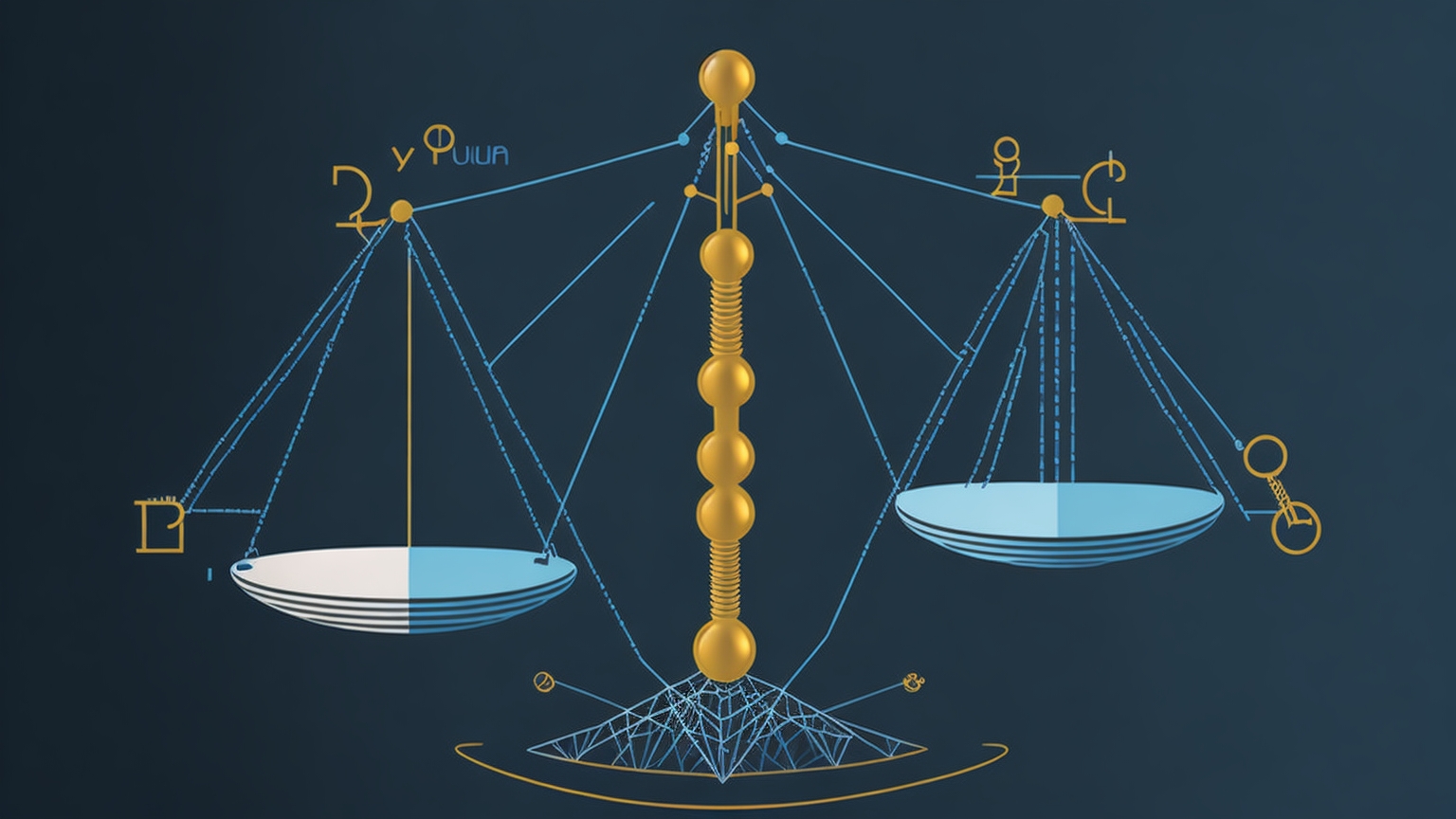Blockchain Trilemma: Navigating Security, Scalability, and Decentralization

Introduction:
Blockchain, with its disruptive capabilities, has unquestionably made a seismic impact in the realms of finance and technology, providing unparalleled mechanisms of transaction. However, this innovative technology grapples with a pivotal issue labeled as the “Blockchain Trilemma”. This notion, initially presented by the visionary founder of Ethereum, Vitalik Buterin, denotes the arduous task of simultaneously attaining three vital characteristics within a blockchain: Security, Scalability, and Decentralization.
The Blockchain Trilemma:
- Security: The term ‘security’ embodies the capacity of a blockchain system to resist threats. A fortified system is proficient in combating exploitative attempts like double-spend assaults and ensures the sanctity of the transactions.
- Scalability: Scalability signifies the competency of a system to manage an extensive array of transactions concurrently. A blockchain system endowed with scalability can administer thousands, if not millions, of transactions every second.
- Decentralization: Decentralization signifies the lack of a solitary commanding entity. In a system that is decentralized, all contributors share identical privileges and prospects.
The Trilemma Challenge:
The predicament posed by the blockchain trilemma lies in the uphill battle to engineer a system that concurrently possesses all three attributes: Security, Scalability, and Decentralization. To elaborate, a system may be decentralized and secure, but lack scalability. Conversely, a system may be scalable and secure, yet not decentralized.
Conclusion:
The blockchain trilemma is one of the cardinal challenges that needs to be addressed for the further evolution and acceptance of blockchain technologies. Although some initiatives assert to have deciphered the trilemma, there is no universally acknowledged solution that enjoys consensus from the entire community. Consequently, this subject remains in the spotlight for researchers and developers in the blockchain realm.




